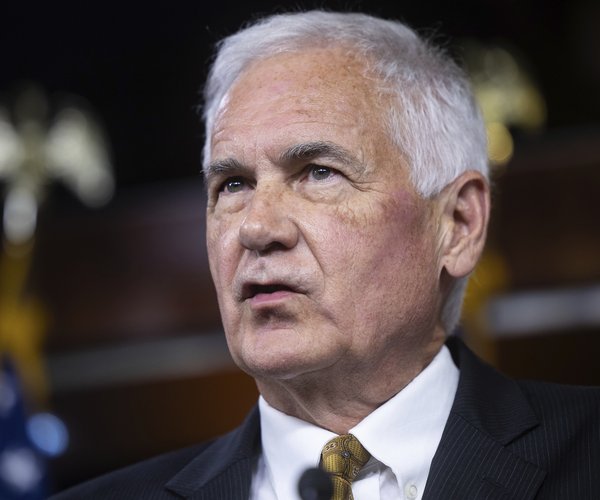The world has come a long way since a cold Sunday morning in December of 1971.
And it hasn’t all been good.
It was on that 12th day of December 1971 that three men — including two escapees from Utah State Prison — robbed a family market in Lincoln in Placer County before shooting Sgt. Robert Barroso.
Barroso was an off-duty Lincoln Police officer responding to the robbery call in his family station wagon without benefit even of a police radio when he closed in on them on a rural road outside of town.
The three had lost control of their vehicle on a sharp turn in a heavily wooded area near a farmhouse by the Auburn Ravine. They were armed with a M-16. The sergeant only had his service revolver.
They opened fire on Barroso as his vehicle came into view. Seriously wounded, he retreated behind the station wagon and made a dash to the nearby farmhouse where he called Lincoln Police dispatch. They directed the only officer on duty that morning — Les Schellbach — to Barroso’s location.
The three waited. When the 31-year-old officer and father of two young children arrived on the scene, they immediately opened fire and killed him. They then fled in Barroso’s station wagon.
Lincoln was a town of 3,200 at the time. The community was shocked not just by the shooting but how seriously outgunned the officers protecting Lincoln were. The responding officers did not have the benefit of even a 12-gauge shotgun. All they had were their service revolvers. As for being able to communicate, their ability to do so was virtually nonexistent save for the department’s two marked police units that were equipped with radios.
Community groups such as the Business and Professional Women as well as the Lincoln Lions Cub started fundraising drives. One was to help the family. The other was to help equip the police department vehicles with 12-gauge shotguns.
Fast forward to Feb. 28, 1997. Two heavily armed men equipped with body armor robbed a North Hollywood bank. In the confrontation that followed, the two injured 11 police officers and seven civilians plus police vehicles and nearby property were destroyed. The gunmen got off more than 2,000 rounds.
Responding officers were armed with either 9mm or .38 Special pistols. A few officers had 12-gauge shotguns. The robbers were armed not just with body armor but also an illegally modified fully automatic Norinco Type 56 S-1s weapon, Bushmaster XM Dissipator, and a HK-91 rifle with a large capacity drum complete with bullets able to penetrate police-issued Kevlar vests.
Police had to commandeer an armored vehicle to retrieve the wounded from the line of fire. Several officers appropriated AR-15 weapons at a nearby firearms dealer. Forty-four minutes after the gunfight started when the robbers tried to flee the Bank of America branch, it ended when officers were able to kill the two men.
There’s been a lot of talk in recent years about the “militarization” of police departments both big and small
Manteca Police taking delivery this week of a $700,000 mine-resistant ambush protected (MARP) vehicle free of charge from the military prompted a few comments of law enforcement overreach.
Why does Manteca need one?
Why did Lincoln Police officers need 12-gauge shotguns in 1971?
Why did Los Angeles Police officers need AR-15s and an armored vehicle in 1997?
The horrible truth is no municipality regardless of how big or small is immune from the equivalent of domestic terror these days — hardcore criminals, certifiable lunatics, or unbalanced individuals.
It is not the police that are escalating the arms race.
Arguably virtually every domestic law enforcement agency is out armed and outnumbered when you look at the number of weapons and criminals in this country.
The MARP as deployed by law enforcement agencies is far from being an offense weapon.
It allow officers to respond more effectively to active shooters, get in position to quickly assist victims of active shootings, and to deal more effectively with gunmen in other situations instead of crouching behind patrol cars in harm’s way.
You can bet your last dime that no officer on the Manteca Police force ever wants to have to deploy the MARP in an active shooting situation. But if they have to they will have equipment capable of protecting and saving not only innocent civilians but also peace officers.
This column is the opinion of Dennis Wyatt and does not necessarily represent the opinion of The Journal or Morris Newspaper Corp. of CA. He can be contacted at dwyatt@mantecabulletin.com or 209.249.3519.







